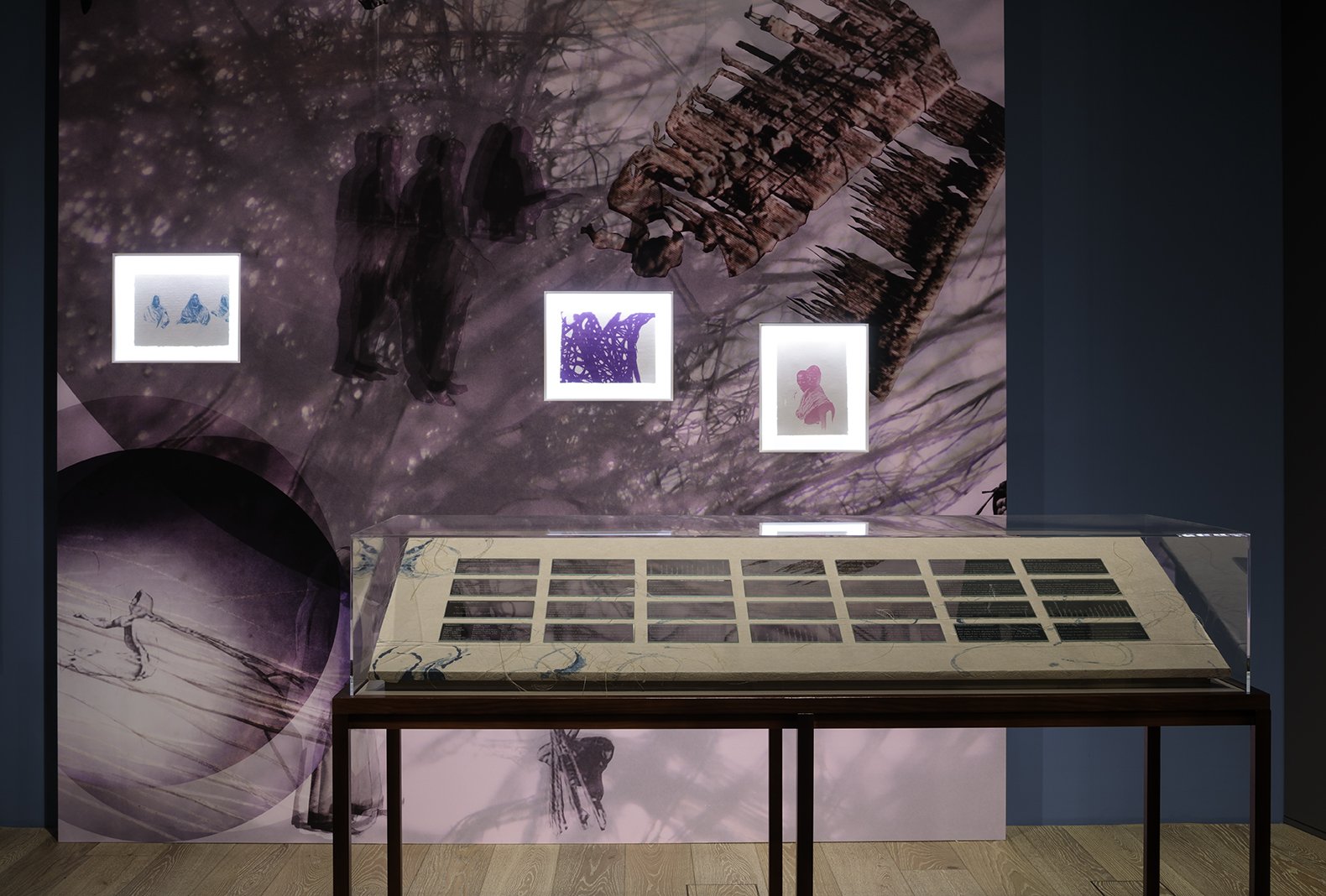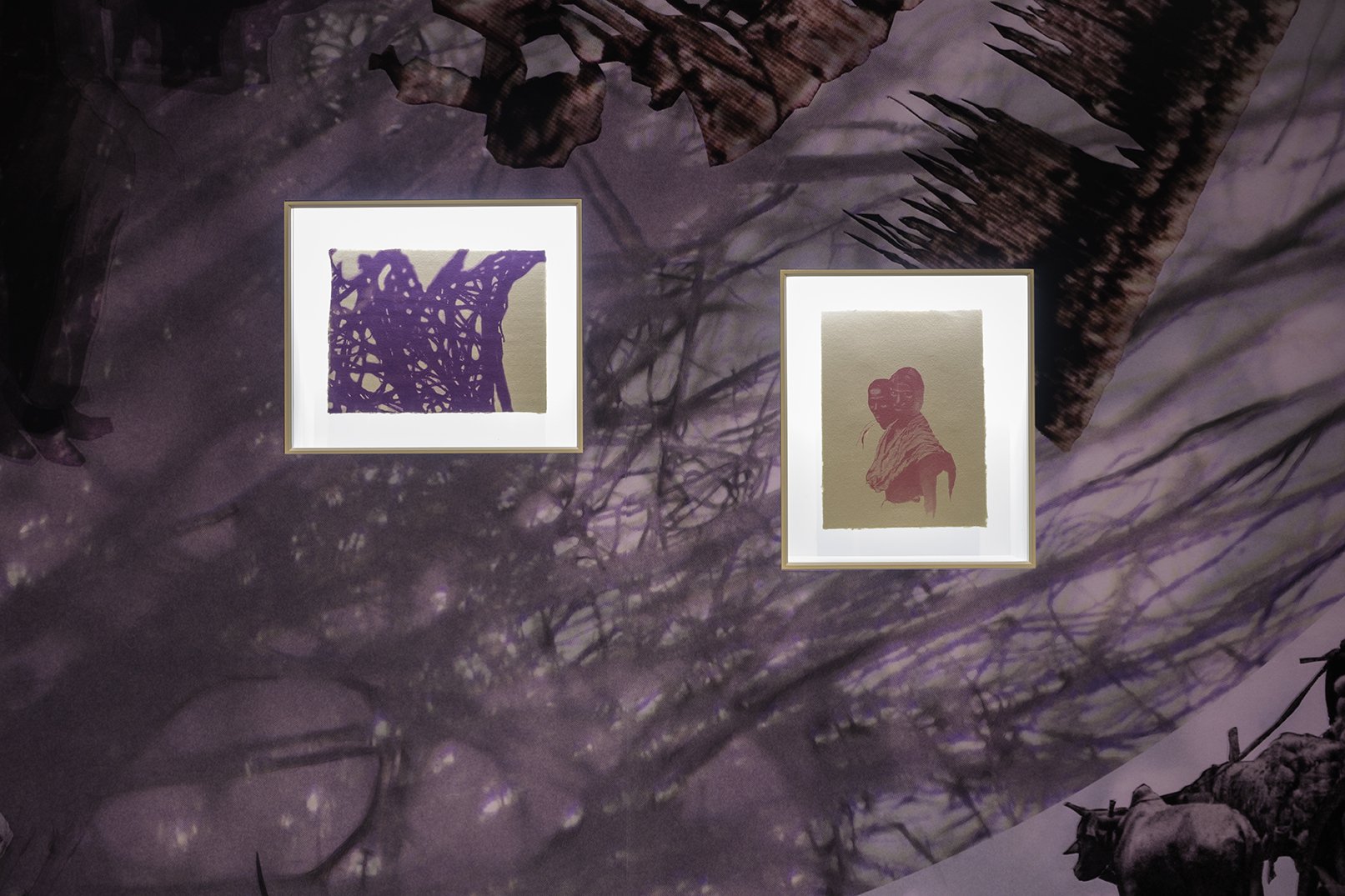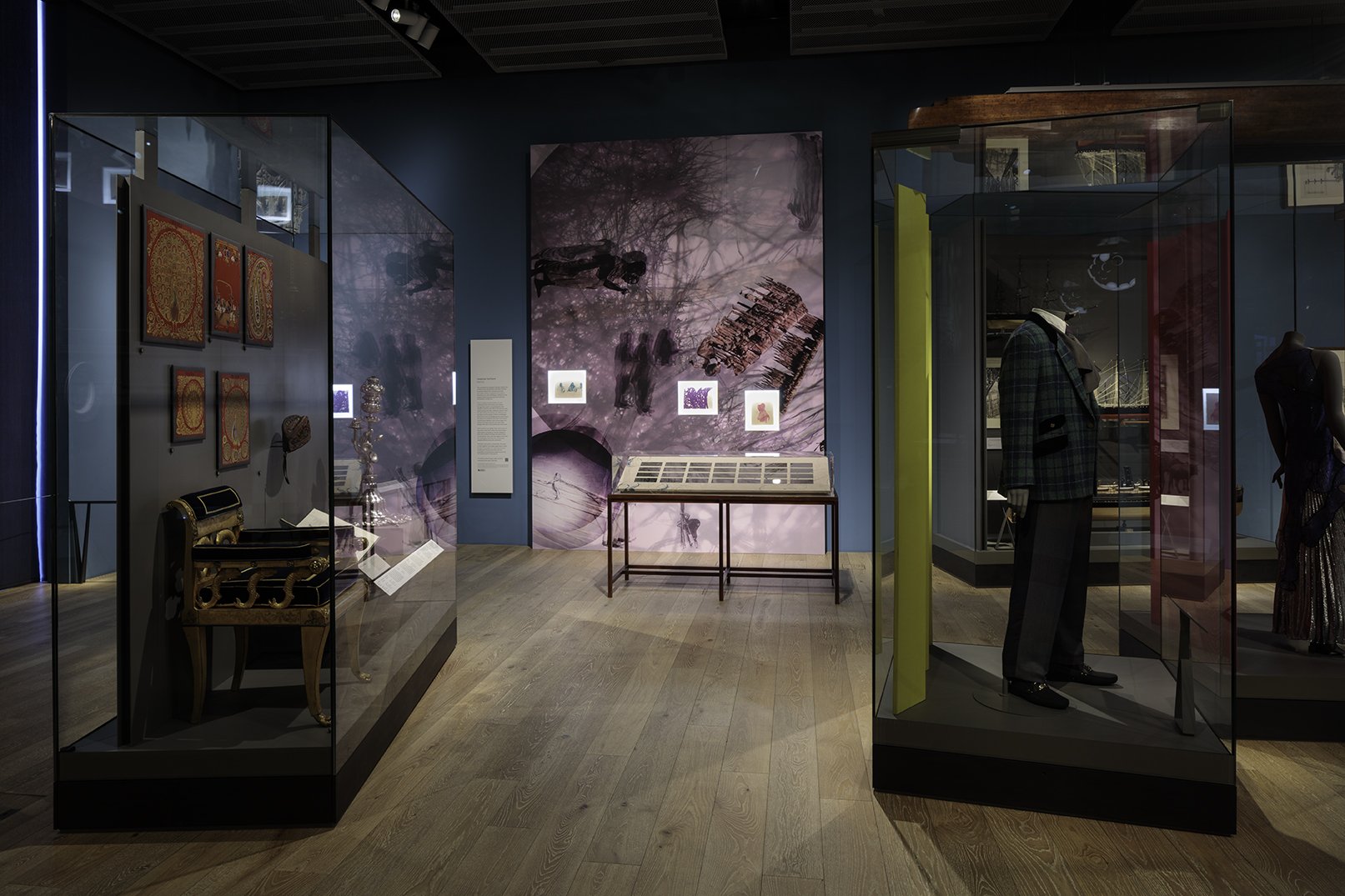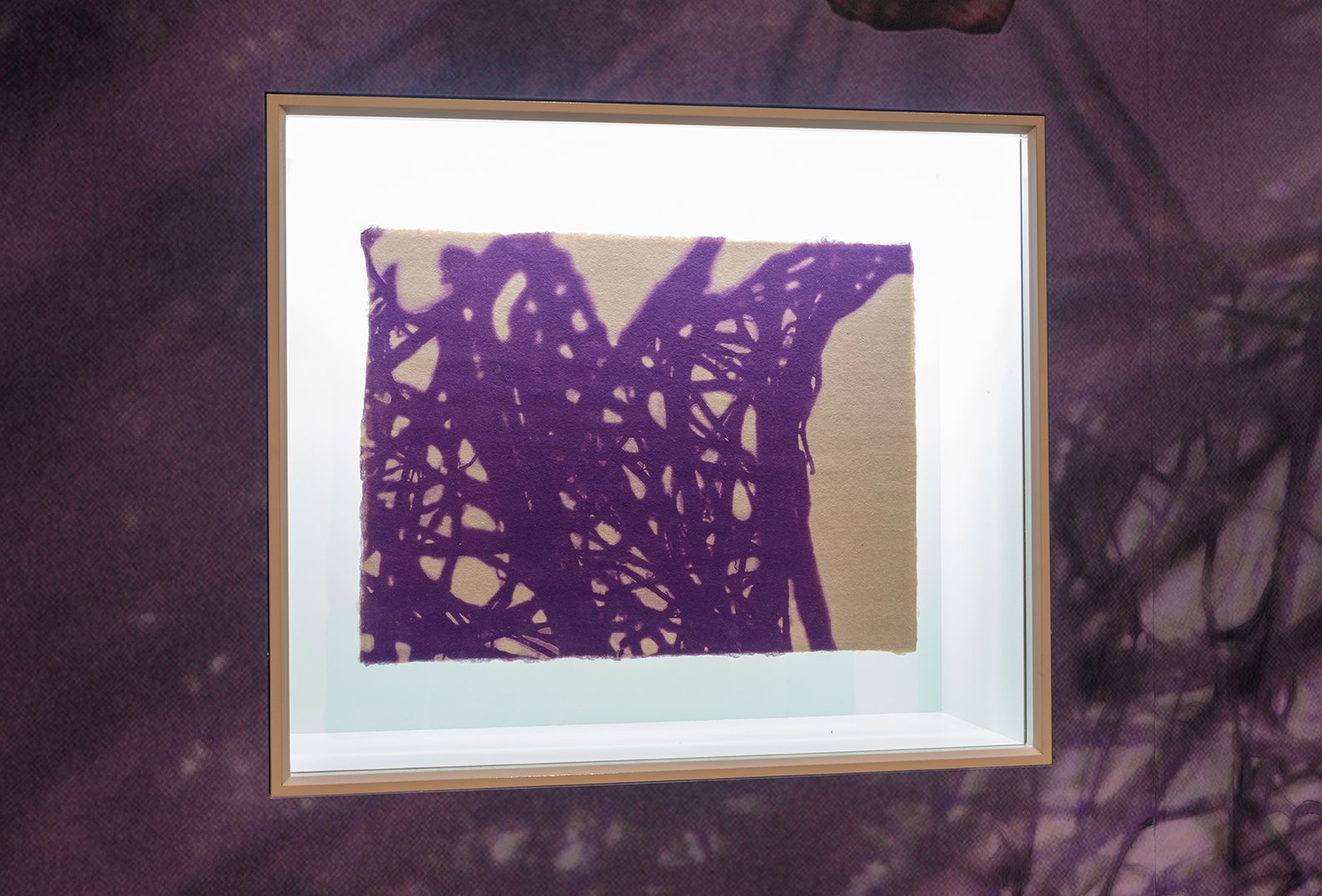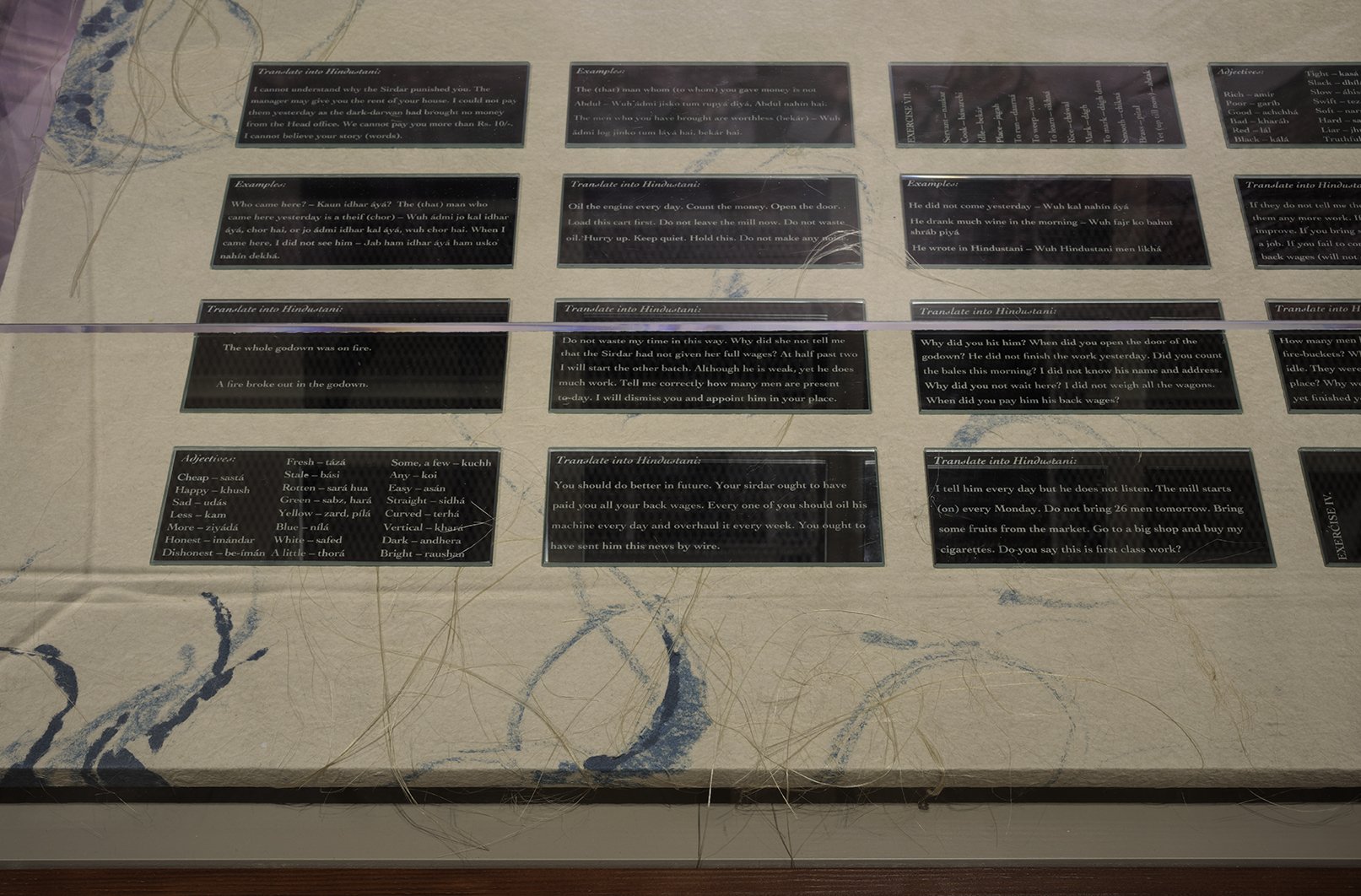The Golden Fibre: Swapnaa Tamhane at V&A Dundee
Scottish Design Galleries at the V&A Dundee
Running until 2023, for more information click here
Co-curated by Mother Tongue for the V&A Dundee, Swapnaa Tamhane’s newly-commissioned installation ‘The Golden Fibre’ draws from the archives of the University of Dundee and Verdant Works, exploring the context of jute during British colonialism and the lives of workers in and around Calcutta in British-ruled Bengal (now a region split between India and Bangladesh).
Artist, curator and writer Tamhane’s work allows visitors to dig deeper into a local story with a huge transnational context, opening up an important conversation about Dundee's relationship with colonialism and how people across continents have been impacted by it, in many different ways.
This installation is a collage of archival photographs and drawings of workers as well as microscopic images of jute paper that Tamhane has made by hand. An installation of mirrors called Tum Banglá mat bolo, ham kuchh nahín samajhtá hai (You don’t speak Bengali, I can’t understand anything.) reveals the colonial attitudes of Scottish managers in Bengali jute mills. What is our relationship towards these attitudes and histories today?
Created in partnership with the University of Dundee Archives Services and Verdant Works (Dundee Heritage Trust), with support from Ontario Arts Council.
Photo credits: Neil Hanna
Swapnaa Tamhane works to destabilize and untether colonial constructs as an artist, curator, and writer. Her process focuses on the presence of her hand in making paper and the treatment of surfaces. She works with drawing, textiles, handmade paper, text, and sculpture. She also works in collaboration with artisan-designers in Kutch, Gujarat, India, working with block printing and embroidery. She has exhibited her work at A Space Gallery, Toronto; Serendipity Arts Festival, Goa; articule, Montreal; and ROM, Toronto.
In 2001, for her MA dissertation, she wrote about Gayatri Spivak's theory of the subaltern in relation to the work of Vivan Sundaram, Nalini Malani, and Rummana Hussain, looking at the rise of the Hindu right-wing and communalism in India following the events at the Babri Masjid, Ayodhya, in 1992. Hussain was then a central focus of the group exhibition "In Order to Join – the Political in a Historical Moment", held at Museum Abteiberg, Mönchengladbach, and CSMVS, Mumbai (2013-2015).
Tamhane has been a Research Fellow with Shastri Indo-Canadian Institute (2009), and an International Fellow with Kulturstiftung des Bundes (2013). She has been supported by the Ontario Arts Council, Canada Council for the Arts, and Kunststiftung NRW. Her interests in craft and design led to the publication of SĀR: The Essence of Indian Design, published by Phaidon Press (2016), curated and written together with Delhi-based designer Rashmi Varma.

